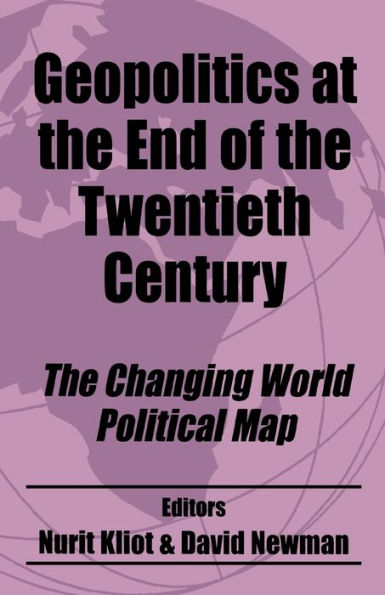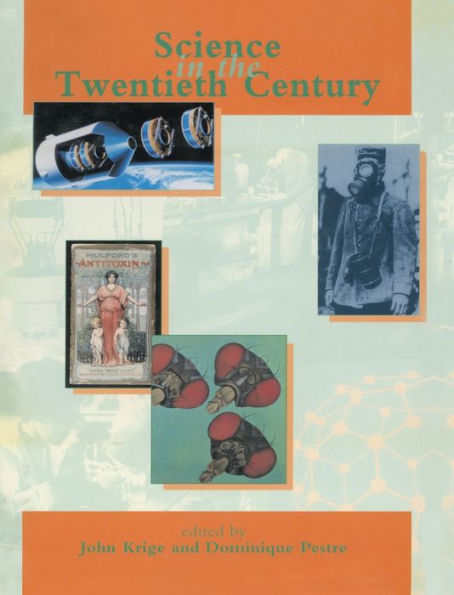Home
Geopolitics at the End of the Twentieth Century: The Changing World Political Map / Edition 1
Barnes and Noble
Loading Inventory...
Geopolitics at the End of the Twentieth Century: The Changing World Political Map / Edition 1
Current price: $45.99

Barnes and Noble
Geopolitics at the End of the Twentieth Century: The Changing World Political Map / Edition 1
Current price: $45.99
Loading Inventory...
Size: OS
*Product information may vary - to confirm product availability, pricing, shipping and return information please contact Barnes and Noble
An excellent examination of how the collapse of the Soviet Union and the impact of globalization have brought about changes not only to the territorial configuration sovereignty of states and their boundaries, but also to traditional notions of state, boundaries, sovereignty and social order
These essays focus on the key regional and geopolitical characteristics of this global reordering, with an emphasis on Eastern Europe and South Asia. They discuss the territorial reordering which is taking place at the level of the state as boundaries are redemarcated in line with ethno-territoral demands; as borders are transversed by the movement of peoples, information and finance; and as the lines of territorial demarcation are perceived not only in terms of their fixed characteristics but as part of a process through which regional and ethnic identities continue to be formed and reformed. Each section ends with articles which focus on literature on geopolitics and boundaries. This is an invaluable addition to our understanding of contemporary world affairs.
These essays focus on the key regional and geopolitical characteristics of this global reordering, with an emphasis on Eastern Europe and South Asia. They discuss the territorial reordering which is taking place at the level of the state as boundaries are redemarcated in line with ethno-territoral demands; as borders are transversed by the movement of peoples, information and finance; and as the lines of territorial demarcation are perceived not only in terms of their fixed characteristics but as part of a process through which regional and ethnic identities continue to be formed and reformed. Each section ends with articles which focus on literature on geopolitics and boundaries. This is an invaluable addition to our understanding of contemporary world affairs.
An excellent examination of how the collapse of the Soviet Union and the impact of globalization have brought about changes not only to the territorial configuration sovereignty of states and their boundaries, but also to traditional notions of state, boundaries, sovereignty and social order
These essays focus on the key regional and geopolitical characteristics of this global reordering, with an emphasis on Eastern Europe and South Asia. They discuss the territorial reordering which is taking place at the level of the state as boundaries are redemarcated in line with ethno-territoral demands; as borders are transversed by the movement of peoples, information and finance; and as the lines of territorial demarcation are perceived not only in terms of their fixed characteristics but as part of a process through which regional and ethnic identities continue to be formed and reformed. Each section ends with articles which focus on literature on geopolitics and boundaries. This is an invaluable addition to our understanding of contemporary world affairs.
These essays focus on the key regional and geopolitical characteristics of this global reordering, with an emphasis on Eastern Europe and South Asia. They discuss the territorial reordering which is taking place at the level of the state as boundaries are redemarcated in line with ethno-territoral demands; as borders are transversed by the movement of peoples, information and finance; and as the lines of territorial demarcation are perceived not only in terms of their fixed characteristics but as part of a process through which regional and ethnic identities continue to be formed and reformed. Each section ends with articles which focus on literature on geopolitics and boundaries. This is an invaluable addition to our understanding of contemporary world affairs.

















